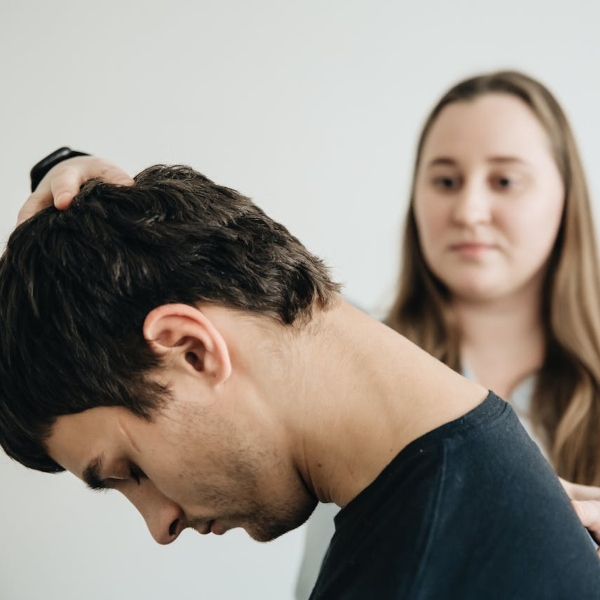The history of osteopathyIn 1874, Andrew Taylor Still, a Missouri physician, founded osteopathy. He advocated restoring proper musculoskeletal function as a cornerstone of disease prevention and treatment. Still founded the American School of Osteopathy in Missouri in 1892. He emphasised manual manipulation, nutritional approaches and lifestyle modifications rather than surgical and pharmacological interventions. |
 |
Understanding the osteopathic principlesAndrew Taylor Still theorised that diseases have their origin in structural problems in the spine, disrupting nerve signals to organs. These structural problems are called ‘osteopathic lesions’. Manipulation techniques aimed at restoring normal nerve function and facilitating the body's own healing processes were developed. Osteopathy also introduced craniosacral therapy, a gentle cranial bone manipulation technique aimed at achieving holistic balance. |
 |
Considerations and risksCertain conditions, including bone fractures, joint infections and rheumatoid arthritis in the neck, warrant caution with osteopathic manipulation. Risks of manipulations include temporary side effects such as increased pain or headaches. Before performing manipulations, tests are always carried out to check that there are no contraindications that would prohibit a manipulation. |
 |



